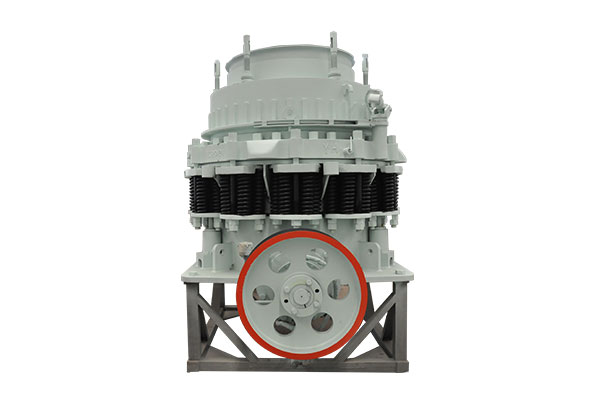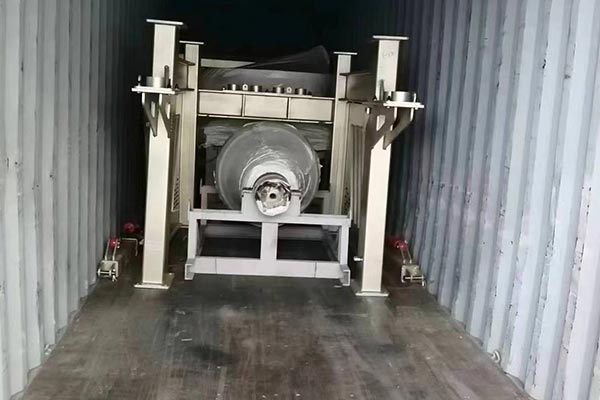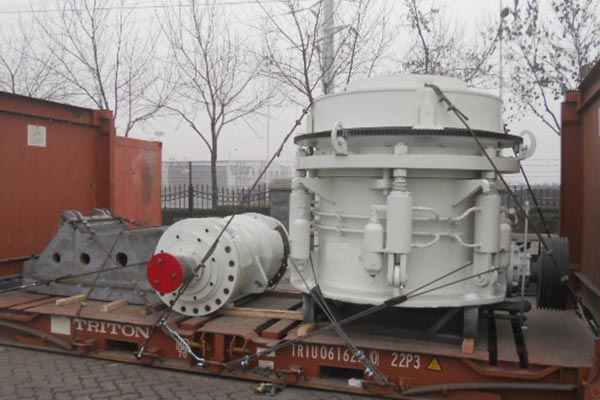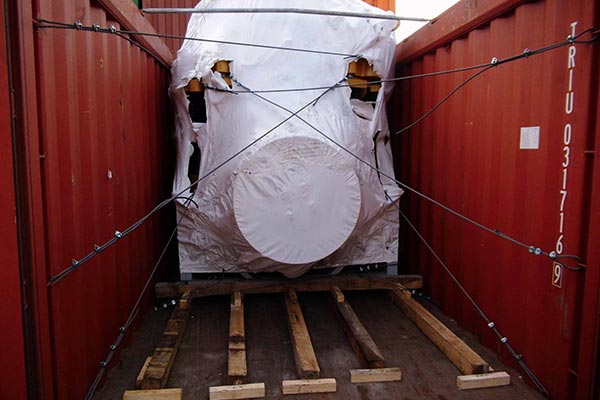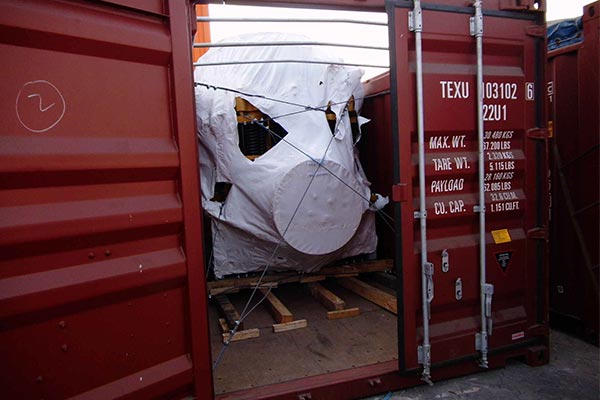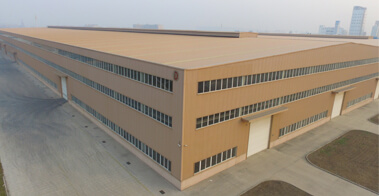OVERVIEW
The spring cone crusher is suitable for crushing various ores and rocks with medium to high hardness. It features reliable structure, high production efficiency, easy adjustment, and cost-effective operation. Its spring safety system serves as overload protection, allowing foreign objects like iron blocks to pass through the crushing chamber without damaging the machine. It can be sealed with either dry oil or water, separating the stone powder from the lubricating oil to ensure reliable operation. Depending on customer requirements, it can be classified in standard type (PYB), medium type (PYZ), and short head type (PYD) for coarse, medium, and fine crushing operations, respectively.
ADVANTAGES
-
High crushing force, high efficiency, and a high processing capacity
-
Low operating costs, easy adjustment, and cost-effective operation
-
Long service life due to rational material selection and structural design of components
-
Different crusher chamber types are available for each specification, allowing users to choose the one that best suits their needs
-
Reliable structure and stable performance
-
Long service life for wear-resistant components, resulting in low operating costs
-
Dry oil sealing method is employed to isolate dust from lubricating oil, extending the equipment's lifespan
-
Continuous oil lubrication from the thin oil station reduces downtime for maintenance
WORKING PRINCIPLE
This spring cone crusher consists of frame, transmission shaft, eccentric gasket, bowl-like bearing, crushing cone, sustaining gasket, adjusting gasket, feeding part, spring, flexible coupling, lubrication part, electric part, etc.
When the spring cone crusher is in operation, the electric motor drives the eccentric sleeve to rotate through an elastic coupling, transmission shaft, and a pair of bevel gears. This, in turn, causes the main shaft within the eccentric sleeve to drive the concave assembly(movable cone) in a swinging motion. The swinging movement brings the concave assembly closer to and farther away from the concave assembly(fixed cone), resulting in a continuous cycle of squeezing, bending, and impacting on the material within the crushing chamber, eventually breaking it down. After crushing, the material is discharged from the bottom outlet due to the force of gravity.


